Comprehensive Analysis of Butyric Acid: Detection Methods and Applications
Overview of Butyric Acid
Butyric acid, a short-chain fatty acid, plays a significant role in various biological and industrial applications. Known for its characteristic pungent odor, it is widely studied for its presence in fermented foods, gut microbiota, and as a key intermediate in chemical synthesis. **Understanding and detecting butyric acid** accurately is critical for fields ranging from nutrition science to chemical engineering.
Sampling for Butyric Acid Detection
Effective detection begins with precise sampling. Common samples for butyric acid analysis include:
- Biological samples: Feces, blood, and gut fluid to study microbiota or metabolic health.
- Food samples: Fermented products like cheese, yogurt, or pickles.
- Environmental samples: Soil or wastewater for ecological or industrial monitoring.
Proper storage conditions, such as refrigeration or the use of preservatives, are crucial to maintain sample integrity during transportation.
Detection Parameters for Butyric Acid
Key parameters evaluated during butyric acid detection include:
- Concentration levels: Quantified in ppm (parts per million) or mg/L depending on the matrix.
- Purity: Assessment of butyric acid in isolation from other short-chain fatty acids.
- Stability: Monitoring degradation or transformation during analysis.
- Interactions: Analyzing the effects of butyric acid on surrounding compounds or microorganisms.
Instruments for Butyric Acid Detection
Accurate detection relies on advanced instrumentation. The commonly used tools include:
- Gas Chromatography (GC): Ideal for separating and quantifying volatile compounds, often coupled with Mass Spectrometry (GC-MS) for enhanced specificity.
- High-Performance Liquid Chromatography (HPLC): Suitable for non-volatile or thermally sensitive samples.
- Fourier-Transform Infrared Spectroscopy (FTIR): Used for qualitative analysis through characteristic absorption spectra.
- Electrochemical Sensors: Portable and cost-effective for rapid on-site analysis.
The selection of equipment depends on the desired accuracy, sample type, and budgetary constraints.
Methods for Detecting Butyric Acid
Butyric acid detection employs various methods, each tailored to specific applications:
- Chromatographic Methods: Gas and liquid chromatography are widely preferred for their precision and repeatability.
- Spectroscopic Analysis: Techniques like FTIR provide quick identification based on molecular fingerprints.
- Biochemical Assays: Used to measure butyric acid production in microbial cultures.
- Titration: A classical chemical approach for estimating concentration in certain settings.
Each method requires rigorous calibration and adherence to established protocols to ensure reproducibility and reliability.
Conclusion
The detection of butyric acid is a cornerstone of advancements in health, food science, and environmental research. From precise sampling techniques to state-of-the-art instrumentation, every step in the process demands scientific rigor. **Continued innovation in detection methods** promises not only better insights into butyric acid’s role but also its broader application in industry and research.
结语
以上是关于Comprehensive Analysis of Butyric Acid: Detection Methods and Applications的介绍,如有其它问题请 联系在线工程师 。




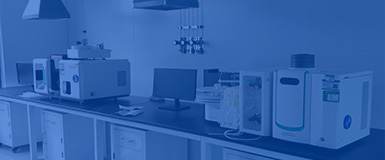
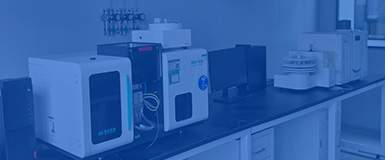
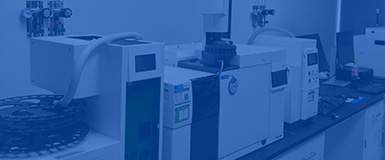
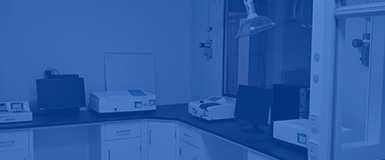
 第三方检测机构
第三方检测机构


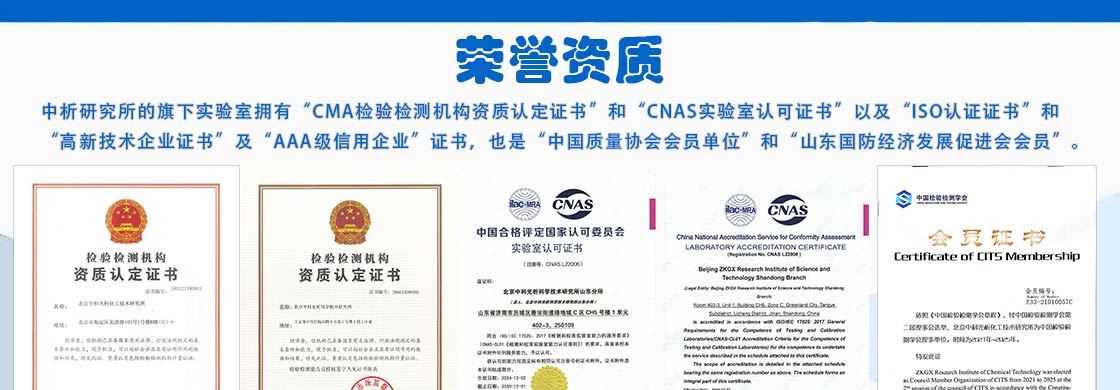
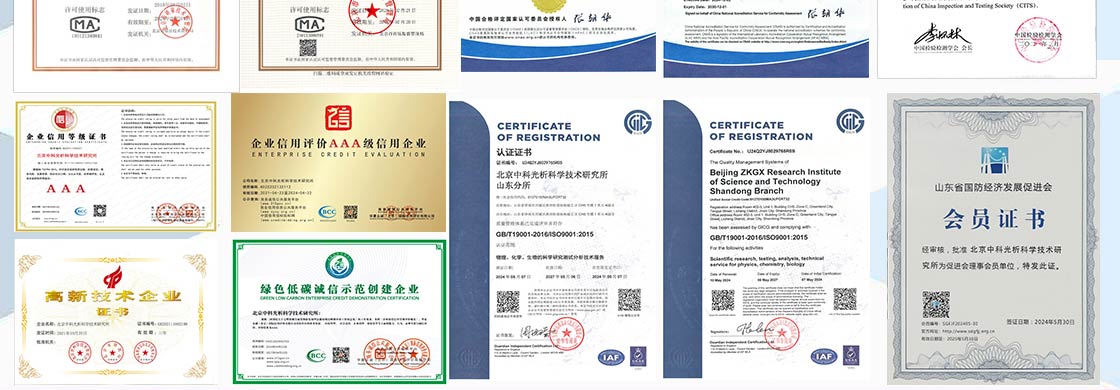

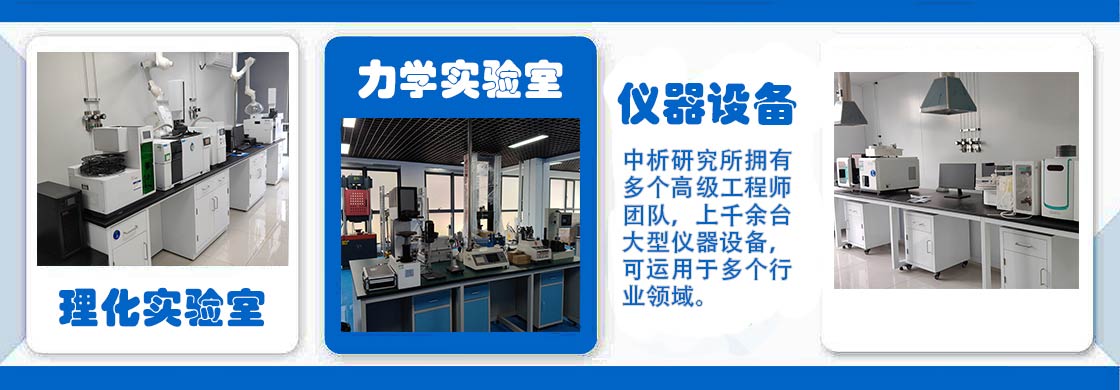
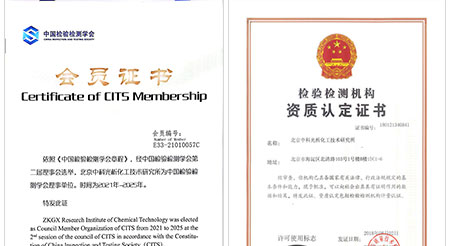




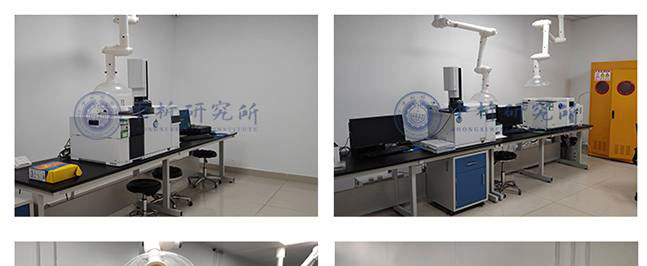
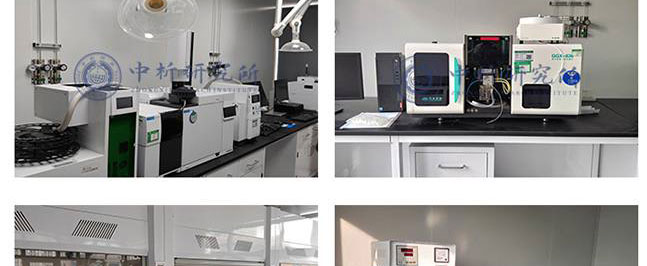
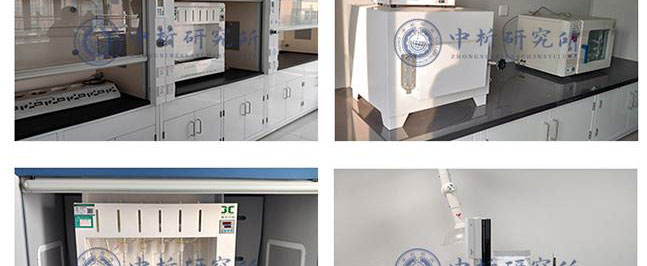
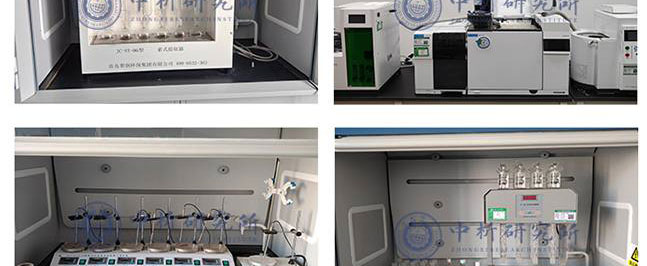
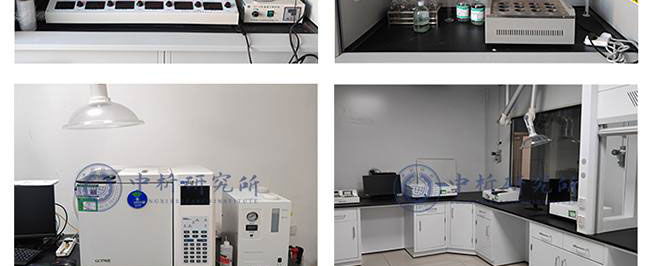
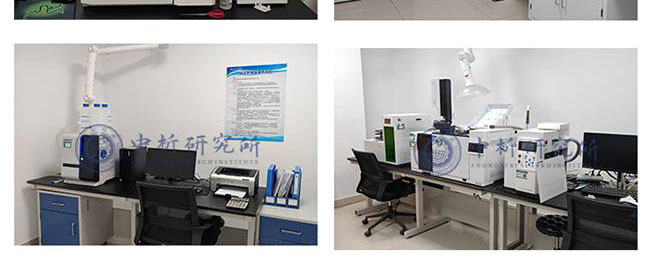




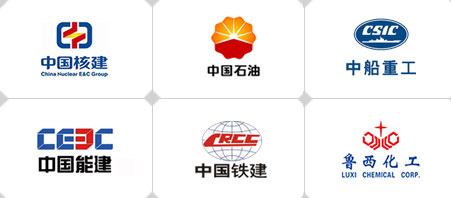
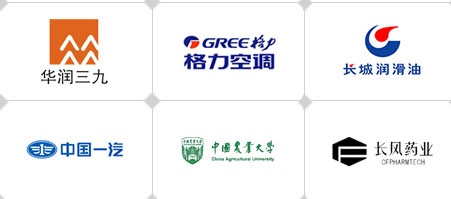
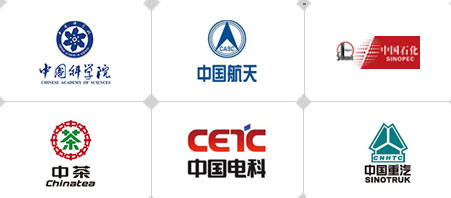










 备案号:
备案号: